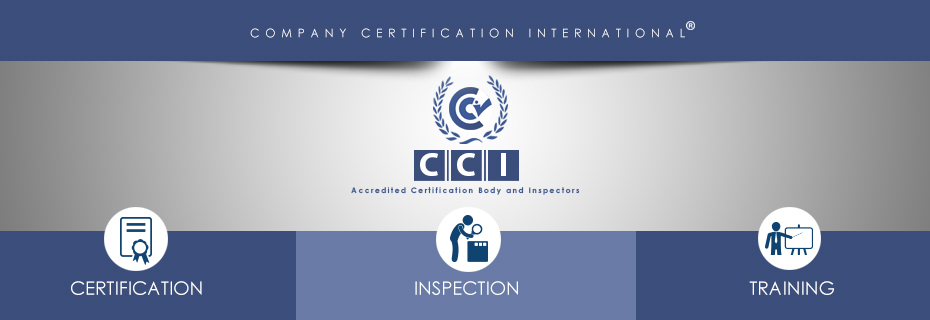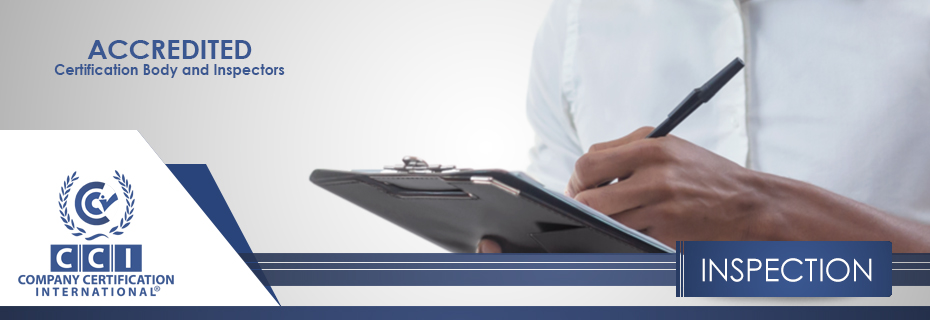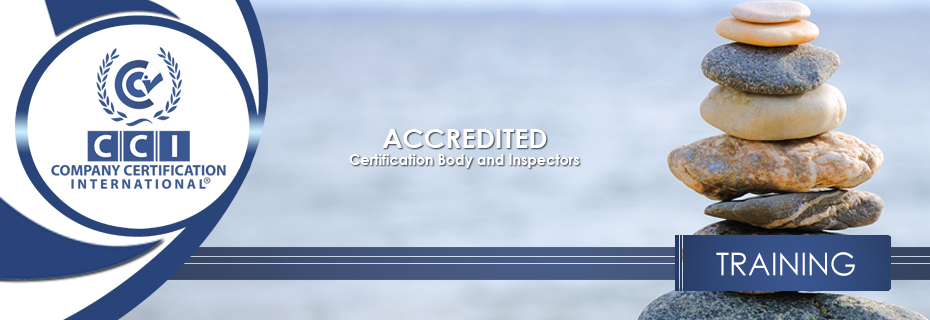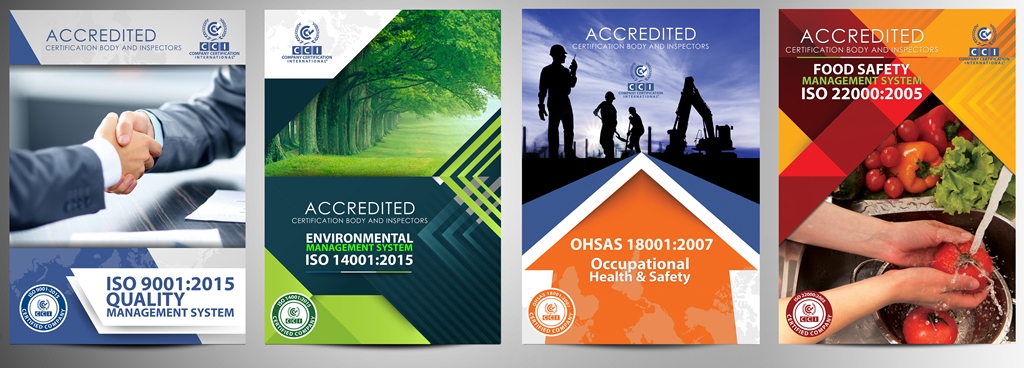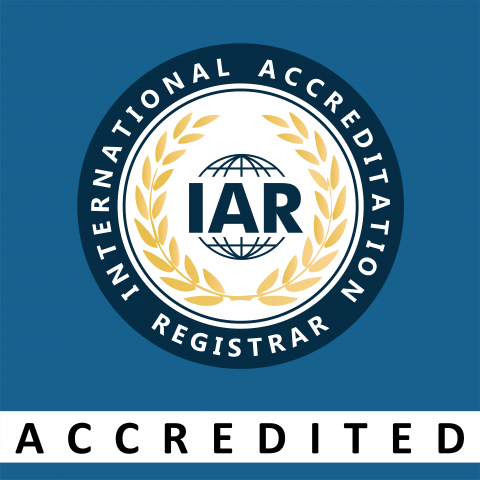ISO/TR 24028 – AI Trustworthiness Conformity Assessment
Overview
ISO/TR 24028 provides guidance on trustworthiness in artificial intelligence systems. Our assessment helps organizations:
Evaluate AI systems against international trustworthiness principles
Identify risks in AI decision-making processes
Improve transparency and accountability of AI implementations
Align with emerging AI governance frameworks
Who It's For
Developers and deployers of AI systems
Organizations using AI for critical decision-making
Regulatory compliance teams addressing AI risks
Procurement teams evaluating AI vendor solutions
Ethics committees overseeing AI implementations
Why an AI Trustworthiness Assessment Matters
Risk Mitigation: Identify and address AI system vulnerabilities
Regulatory Preparedness: Stay ahead of evolving AI regulations
Stakeholder Trust: Demonstrate responsible AI practices
System Improvement: Enhance AI reliability and performance
Scope of Our Assessment
AI System Documentation: Review of development processes
Algorithmic Transparency: Explainability and interpretability
Data Quality: Training data representativeness and bias
Decision Auditing: Output validation and monitoring
Human Oversight: Control mechanisms and fallback procedures
Our 6-Step Assessment Process
Scoping Call: Define AI systems and use cases
Document Review: Technical documentation and policies
Technical Evaluation: Algorithm and data pipeline analysis
Stakeholder Interviews: Developers, users, and affected parties
Impact Assessment: Potential harms and mitigation strategies
Final Report: Conformity Assessment with improvement plan
Deliverables
Trustworthiness Assessment Certificate
AI Risk Profile Report
Bias and Fairness Evaluation
Governance Improvement Plan
Executive Summary Presentation
Why Company Certification Int.?
AI Ethics Experts: Assessors with technical and ethical expertise
Multidisciplinary Approach: Combines technical and governance perspectives
Practical Framework: Actionable recommendations for improvement
Future-Ready: Aligns with emerging global AI standards
FAQ
Q: Is this a certification of our AI system?
A: This is a conformity assessment providing independent validation of your AI's trustworthiness characteristics.
Q: How does this relate to EU AI Act requirements?
A: Our assessment helps prepare for compliance with high-risk AI system requirements.
Q: What types of AI systems can be assessed?
A: We assess machine learning, deep learning, and other AI approaches across all applications.
Q: How long does the assessment take?
A: Typically 3-5 weeks depending on system complexity.
Q: Do you need access to our source code?
A: We require appropriate technical documentation but typically don't need full source code access.
Get Started
Ready to demonstrate your AI's trustworthiness?
[Request AI Assessment] [Download Trustworthiness Checklist]
The Certification Process
Online gap analysis allows us to see the current
- quality benchmark within your organization,
- the finances required
- the time required for this project (System and Certification Fee)
Your Estimate will be shared with you in 24 hours.
Upon Estimate Approval the project starts:
- A client executive is assigned to your project
- Contact information is shared with you
- The Payment details are provided to you
All Support is delivered Online.
The Client Executive will provide the Documentation Templates and explain to you how to amend it.
You will be required to perform the following tasks:
- Identify your core or business processes.
- Amend documentation that meets your business needs. (Policy statements, objectives, manuals, work instructions, job descriptions, forms.)
- Encourage employees to be aware of the new documented system
- Review, approve, and distribute the documents to those who need access to the information.
- Ensure procedures are being performed as documented.
- Ensure employees are trained properly for the tasks they are performing.
- Create effective reporting systems.
- Monitor the effectiveness of your processes through the use of measurable data, where possible.
- Review and take action to improve in the areas required.
- Plan internal auditing activities.
- Submit your management system documentation for review to ensure it complies with the applicable standard.
- Prepare for review by an external auditor to confirm that the system’s requirements are being satisfied and that the management system is implemented effectively.
- Obtain ISO Certifcaiton
- This periodic on-site review is usually conducted annually.
- It ensures that the certified business continues to comply with Standard requirements, as confirmed during the Recertification Audit at the certification cycle's outset.
- Most are conducted remotely.
Refer to learn more about Types of Audits

